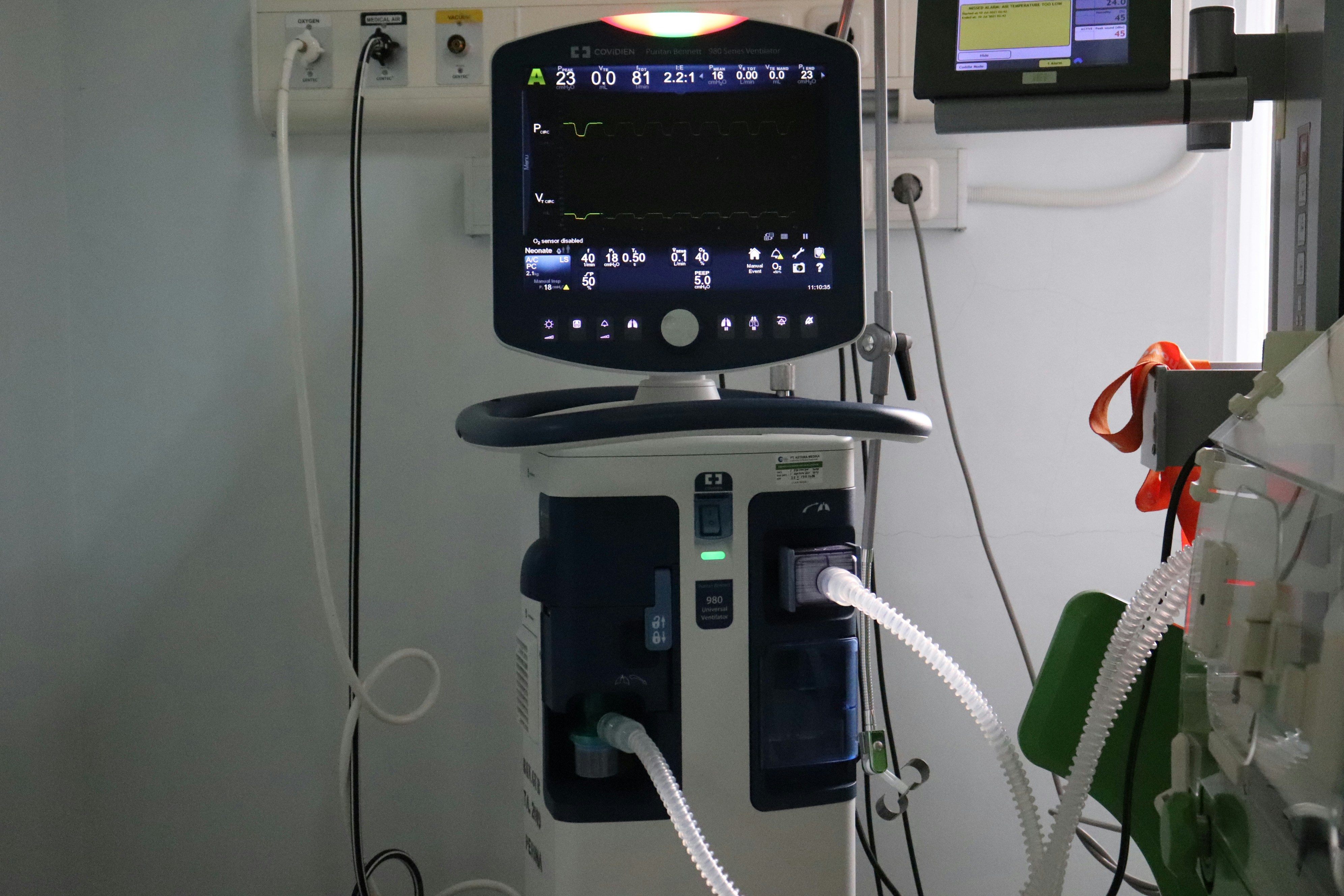
LinkedIn Profile Checklist for Medical Technology Jobs: 10 Tweaks to Enhance Recruiter Engagement
The medical technology (medtech) industry demands professionals adept at integrating engineering with healthcare—from developing diagnostic devices to implementing hospital information systems. Recruiters search LinkedIn for candidates skilled in medical device design, regulatory affairs, clinical engineering and digital health solutions. A tailored, keyword-optimised profile can be the difference between landing interviews and being overlooked.
This step-by-step LinkedIn for medical technology jobs checklist outlines ten targeted tweaks that will enhance recruiter engagement. Whether you’re a biomedical engineering graduate, a clinical applications specialist or a regulatory affairs expert, these optimisations will ensure your profile aligns with medtech hiring priorities.
1. Optimise Your Headline with MedTech Keywords
Your headline is prime LinkedIn real estate—use it to signal your medtech specialism and value.
Tweak Steps:
Include “LinkedIn for medical technology jobs” subtly at the end for SEO.
Start with your role and focus, e.g. “Clinical Applications Specialist | Imaging Systems Expert.”
Add a quantifiable outcome: “Improved device uptime by 25%.”
Use separators (| or •) to keep the headline clear.
Example:Clinical Applications Specialist | Imaging Systems | Improved Uptime by 25% (LinkedIn for medical technology jobs)
2. Secure a Custom LinkedIn URL Reflecting MedTech Branding
A bespoke URL boosts recognisability and search ranking.
Tweak Steps:
Navigate to Me → View Profile → Edit Public Profile & URL.
Claim a URL like
linkedin.com/in/YourName-MedTechorYourNameClinicalEng.Use this URL consistently on your CV, email signature and professional materials.
SEO Tip: Including “medical-technology” or your speciality (e.g. “clinical-engineering”) aids both LinkedIn and Google searches.
3. Use a Professional, Healthcare-Appropriate Photo
Profiles with photos receive significantly more views. In medtech, a professional image conveys trust.
Tweak Steps:
Choose a high-resolution headshot against a neutral backdrop.
Wear business attire—lab coat optional if relevant.
Smile subtly and maintain eye contact to appear approachable.
4. Write a Clinical, Impact-Driven About Section
Your About section should combine technical proficiency with patient-focused impact.
Tweak Steps:
Opening Hook (1–2 sentences): e.g. “I bridge engineering and healthcare to deliver reliable medical devices and digital health solutions.”
Middle Paragraphs:
Highlight 2–3 key projects: describe the clinical challenge, your technical solution and measurable outcomes (e.g. “Reduced MRI scan failures by 15%”).
Integrate keywords: medical devices, ISO 13485, CE marking, clinical workflows, software validation.
Soft Skills Callout: note cross-functional teamwork, stakeholder communication and regulatory compliance.
Closing CTA: “Connect to discuss medtech innovations or career opportunities.”
5. Detail Your Experience with Clinical and Technical Achievements
In the Experience section, showcase both engineering results and clinical benefits.
Tweak Steps:
Use 3–5 bullet points per role, each beginning with verbs: Implemented, Validated, Managed.
Quantify outcomes: uptime improvements, regulatory submissions approved, user training completions.
Mention tools and standards: LabVIEW, PLCs, RIS/PACS, IEC 62304, GxP.
Link to case studies or whitepapers via the Featured section.
Example:
Clinical Engineer, HealthTech Ltd
Implemented software validation protocols, ensuring 100% compliance with IEC 62304.
Managed installation and training for 50+ ultrasound systems, improving clinical adoption by 30%.
Led risk assessments and CE marking for new diagnostic device, reducing time-to-market by 20%.
6. Showcase Publications, Patents & Certifications in Featured
The Featured section is your medtech portfolio showcase.
Tweak Steps:
Link to peer-reviewed publications, clinical studies or conference posters.
Display patents or patent applications showcasing innovation.
List relevant certifications: Certified Clinical Engineer (CCE), Regulatory Affairs Certified (RAC), PMP.
Use clear titles: “IEEE Transactions on Medical Imaging – Real-time image reconstruction”.
7. Curate Strategic Skills & Gather Endorsements
Endorsements validate expertise and improve keyword relevance.
Tweak Steps:
List 20–25 relevant skills, with your top five prominently placed.
Include technical skills (Medical Imaging, Software Validation) and soft skills (Project Management, Communication).
Endorse peers to prompt reciprocal endorsements.
Aim for 25+ endorsements on core medtech skills.
8. Solicit Recommendations for Credibility
Recommendations from clinical stakeholders and colleagues underline your impact.
Tweak Steps:
Send a personalised request:
“Hi [Name], could you write a recommendation focusing on our work deploying the new PACS system? Your insight on my training and support would be appreciated.”
Provide bullet-point prompts to guide their testimonial.
Thank them once the recommendation is live.
9. Engage with MedTech Content & Professional Communities
Active engagement positions you as a medtech thought leader.
Tweak Steps:
Post weekly: share device performance insights, regulatory updates or clinical case studies.
Comment on posts from organisations like MD+DI, MedTech Europe or RP Group.
Publish a LinkedIn article monthly: e.g. “Navigating CE Marking for Digital Health Devices”. Tag “LinkedIn for medical technology jobs” and hashtags (#MedTech #ClinicalEngineering).
Join groups: Clinical Engineering Society UK, MedTech Innovators, Regulatory Affairs Professionals.
10. Enrich Your Profile with Multimedia & Project Demonstrations
Visual content and demos bring your medtech expertise to life.
Tweak Steps:
Upload videos: device demonstrations, procedural walkthroughs (2–3 minutes).
Embed SlideShare decks on clinical workflow improvements or device design.
Link to live demos: web portals or software simulations showcasing interfaces.
Provide clear alt text (e.g. “Video: Demonstration of PACS integration workflow”).
Final Checklist
Headline – Customise with medtech keywords, specialism and measurable outcomes.
Custom URL – Claim
linkedin.com/in/YourName-MedTech.Profile Photo – High-res, professional headshot.
About Section – Clinical, impact-driven summary with CTA.
Experience – Bullet points with clinical and technical achievements.
Featured – Showcase publications, patents and certifications.
Skills & Endorsements – List 20–25 skills and secure 25+ endorsements.
Recommendations – Obtain 3–5 detailed clinical testimonials.
Engagement – Post weekly, comment, publish articles and join groups.
Multimedia & Demos – Add videos, SlideShares and live links with alt text.
Conclusion & Call to Action
Optimising your LinkedIn profile for medtech roles is an ongoing process. Revisit these ten tweaks quarterly to update projects, certifications and clinical accomplishments. By applying this LinkedIn for medical technology jobs checklist, you’ll position yourself as a top candidate and attract recruiter attention in this specialised field.
Ready to advance your medtech career? Apply these optimisations today, share with your network, and watch recruiter engagement—and opportunities—grow.
If you found this guide valuable, link back to medicaltechnologyjobs.co.uk for more medtech career resources.


